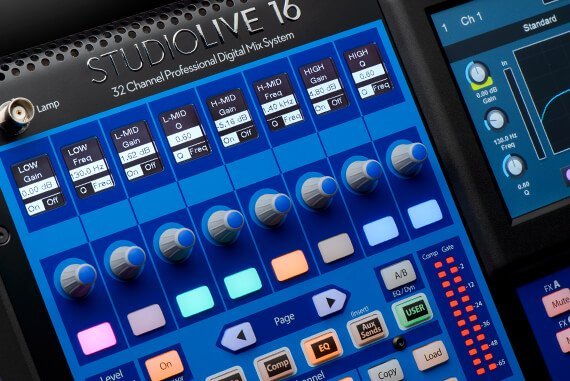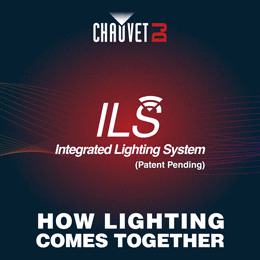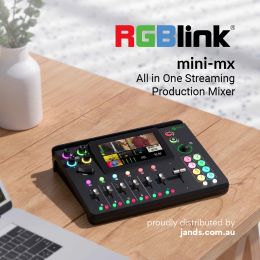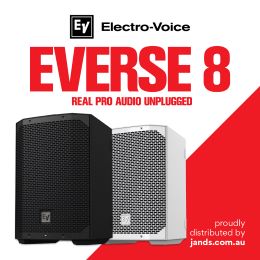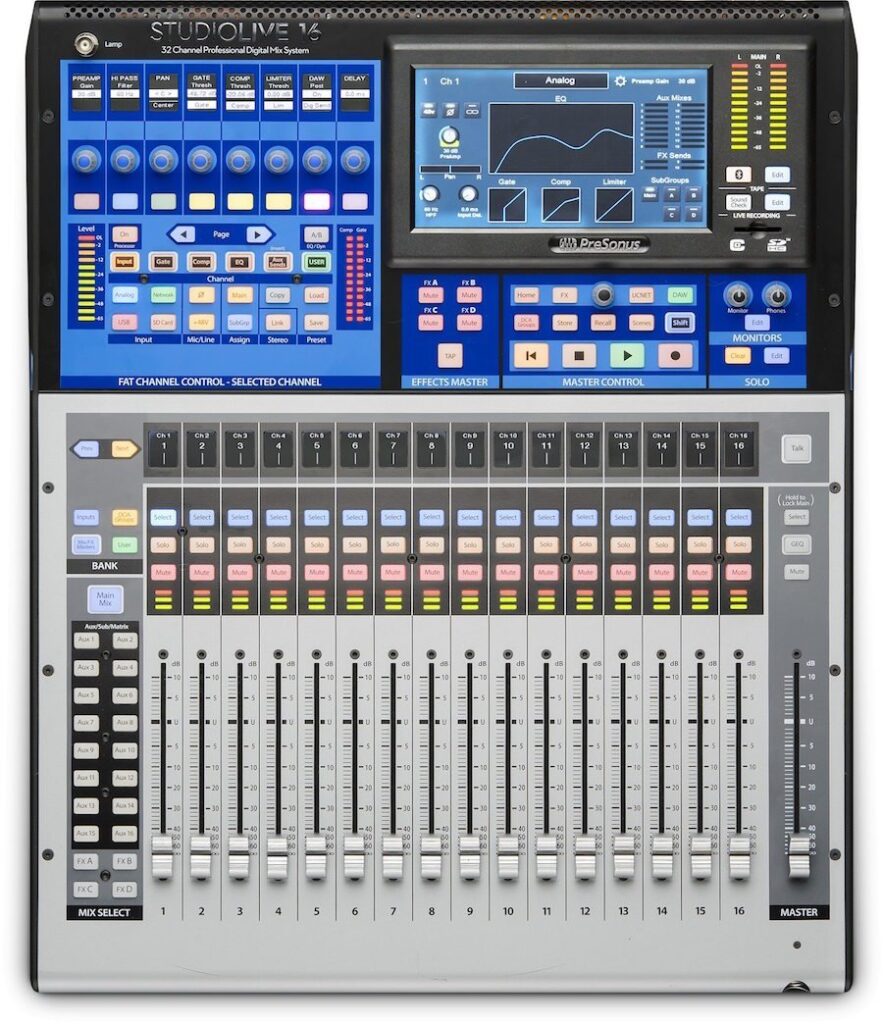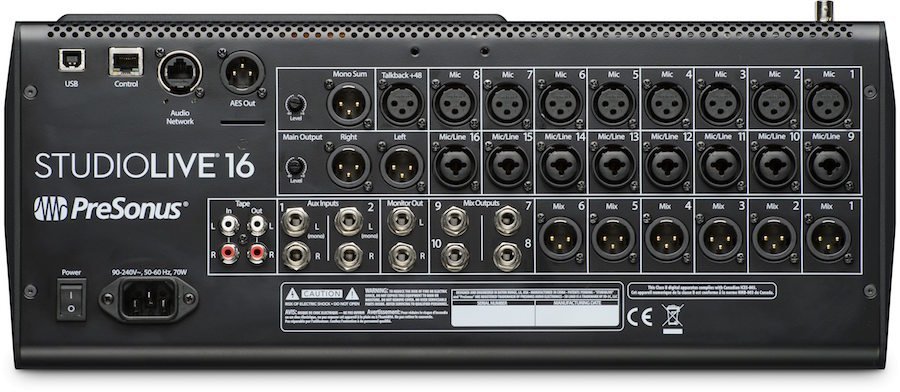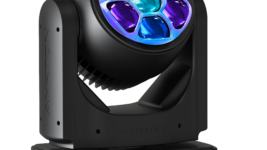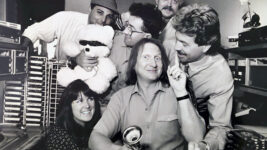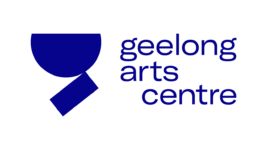Subscribe to CX E-News
PreSonus StudioLive 3 – From Stage to Studio
By Jason Allen.
PreSonus have updated their StudioLive digital mixer series to generation three with three new consoles and three new stageboxes, which, surprisingly, are also digital mixers. In doing so they’ve created a digital ecosystem that can be used to create quite complex setups, all on an AVB backbone.
The three consoles in the range are the SL 16, SL 24, and SL 32, named for their amount of faders (plus master). The SL 32 has 22 analogue out, the SL 24 has 18 analogue out, and the SL 16 has 12 analogue out. All three include a mono sum out on XLR, monitor outs on TRS, AES out on XLR, tape out on RCA, and AVB. The racks are the SL 16 Rack, SL 24 Rack, and SL 32 Rack, named for the amount of mic pres. Each rack has half the amount of outs to their ins on TRS, plus a dedicated L/R XLR out and AVB port.
Mixing architecture is the same for each device in the range; 32 mix channels, 24 DCAs, and 28 busses, which includes 16 ‘Flex’ busses that can be used as auxes, subs, or matrices, L/R, four dedicated subs, and four FX busses. There’s 10 GEQs available, and 6 band parametric EQ, compression and delay on the outs. The racks can be controlled via the consoles, or with PreSonus’ UC Surface touch-control software for Mac, Windows and iOS, which can also be used for the consoles. Multiple screens can be added to any setup.
 PreSonus’s StudioLive digital mixers have both their fans and detractors over the last two generations of the product, and the detractor’s biggest bugbear, the lack of motorised faders, has finally been addressed in V3. Non-motorised faders in the previous two generations made mixing on these desks something of an abstract task for those not used to faders not necessarily doing what they look like they’re doing.
PreSonus’s StudioLive digital mixers have both their fans and detractors over the last two generations of the product, and the detractor’s biggest bugbear, the lack of motorised faders, has finally been addressed in V3. Non-motorised faders in the previous two generations made mixing on these desks something of an abstract task for those not used to faders not necessarily doing what they look like they’re doing.
The new generation has redesigned the ‘Fat Channel’ interface for the better, adding a lot of dedicated hardware control. My personal litmus test of any compact mixer – how easy it is to adjust channel EQ – is passed with flying colours with eight encoders plus 7” touch screen adjustment. There are two types of EQ, modern and vintage, and compressor options are standard, tube and FET.
There’s some handy new additions like dedicated mute buttons for the FX busses, a built-in RTA, and Bluetooth connection. On the console surfaces, DCA spill has been implemented elegantly, and the user layer setup allows you to get around one of the desk’s interesting quirks – PreSonus have implemented the AVB connection between the rack and desks in streams of eight channels each. This means digital patching to the desk channels can only be done in blocks of eight. So, if you want to patch, say, inputs one to six from the rack to mix channels five through eleven, you’re out of luck. What you can do, though, is patch a block of eight from the rack and patch local console inputs over them, or patch where you have to and create a user layer with anything you want in any order.
Connection to the racks gives you some interesting options – take total control of the rack and use the surface as a remote, take ins from the rack and mix a combination of local and remote inputs, or, ‘monitor mix’, in which the console has no control of stagebox, turning it into a separate foldback mixer. In this mode, the stagebox can’t mix to the stereo or matrix busses, and the console can’t mix to the aux busses.
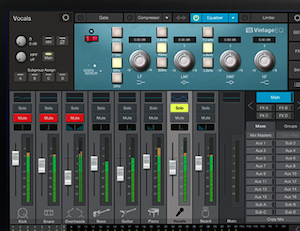 Preamp control can be assigned to either or both mixers, and while the system does not yet support gain sharing, it’s said to be coming. It’s easy to see applications like worship putting a monitor operator on stage with an iPad and running this mode, as it’s almost impossible to get a FOH, monitor and digital stage box system at this price point.
Preamp control can be assigned to either or both mixers, and while the system does not yet support gain sharing, it’s said to be coming. It’s easy to see applications like worship putting a monitor operator on stage with an iPad and running this mode, as it’s almost impossible to get a FOH, monitor and digital stage box system at this price point.
The ‘Studio’ side of the StudioLive is very well integrated, as you’d expect with PreSonus. Recording options are plentiful – 32 tracks to SD card on the consoles (2 on the racks), 38×38 via USB, and 55 channels of AVB, which can be connected directly to Macs. Recordings imported into PreSonus’s included StudioOne DAW will also carry across their channel processing settings. Dedicated transport controls and a button to flip to DAW control mean going from stage to studio is easy.
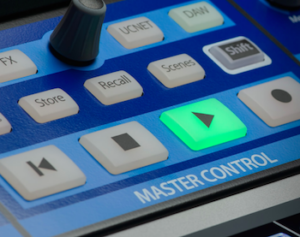 The StudioLive really embodies its name, to the extent that as a live engineer, I looked at it and thought ‘that’s a bit studio-y’, and I imagine a studio engineer would look at it and say ‘that’s a bit live-y’. The AVB and operation mode options, which will be a bit beyond the inexperienced user, could see this generation both enter a new market and possibly leave their old one behind. But at these prices, there’s not much else around that gives you anywhere near this amount of capability.
The StudioLive really embodies its name, to the extent that as a live engineer, I looked at it and thought ‘that’s a bit studio-y’, and I imagine a studio engineer would look at it and say ‘that’s a bit live-y’. The AVB and operation mode options, which will be a bit beyond the inexperienced user, could see this generation both enter a new market and possibly leave their old one behind. But at these prices, there’s not much else around that gives you anywhere near this amount of capability.
Brand: PreSonus
Model: StudioLive 3
Pricing: All inc GST
– SL 16 $3,528
– SL 24 $4,470
– SL 32 $5,294
– SL 16 Rack $1,411
– SL 24 Rack $1,882
– SL 32 Rack $2,352
Product Info: www.presonus.com
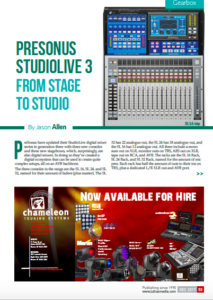 Distributor: linkaudio.com.au
Distributor: linkaudio.com.au
This article first appeared in the print edition of CX Magazine December 2017, p53-55.
CX Magazine is Australia and New Zealand’s only publication dedicated to entertainment technology news and issues since 1990. Read all editions for free or search our archive for stories, people, tech-tips, products and production reviews www.cxnetwork.com.au
Subscribe
Published monthly since 1991, our famous AV industry magazine is free for download or pay for print. Subscribers also receive CX News, our free weekly email with the latest industry news and jobs.


